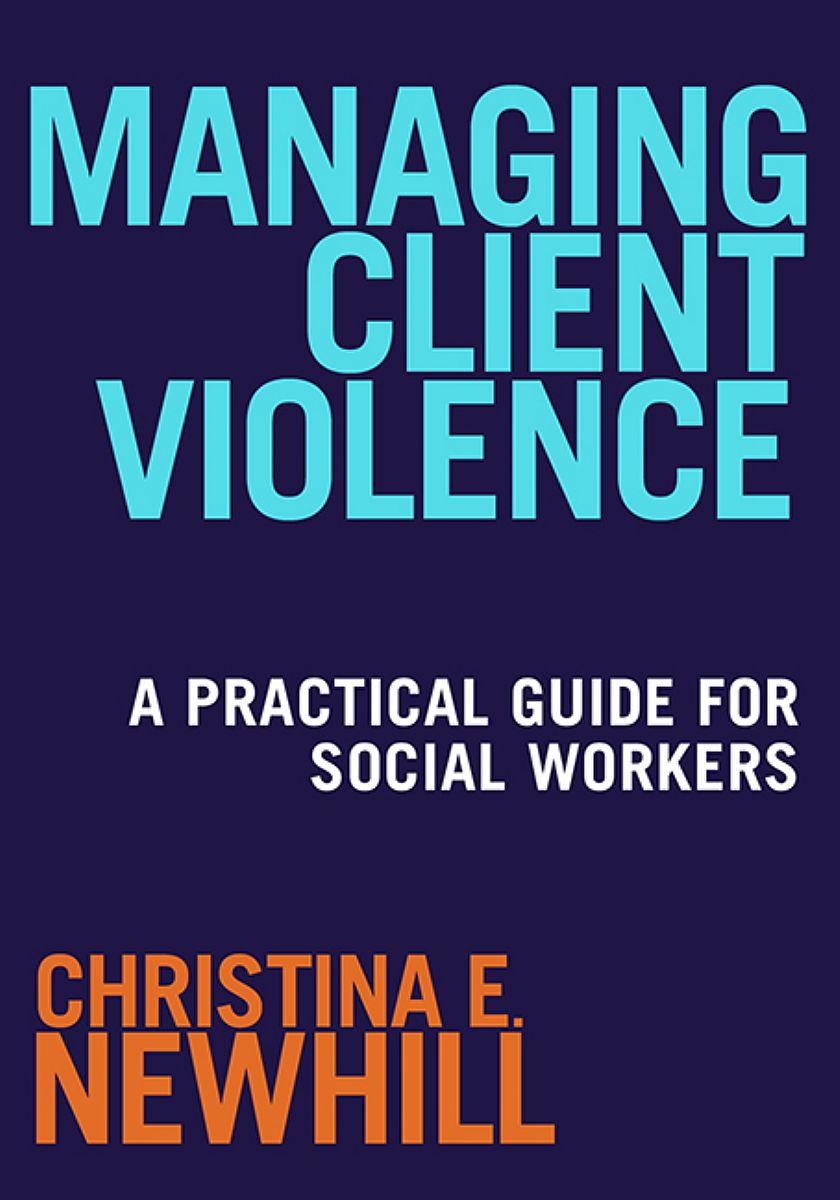
Managing Client Violence
Page Count: 242
ISBN: 978-0-87101-625-6
Published: 2025
Can your device download this eBook? Click here before purchasing! eBooks are available in single quantities only.
Earn 7.5 CEUs for reading this title! For more information, visit the Social Work Online CE Institute.
Violence and threats of violence by clients against social workers are all too common in social work practice, and the impact can be devastating for everyone involved. Those who work directly with the public are at risk of harassment, verbal abuse, threats of harm, physical assault, and even death at the hands of their clients. Social workers today are expected to do more with fewer resources, and many clients feel desperate, frightened, hopeless, powerless, and angry. Sometimes, clients feel their only recourse is to lash out.
Client violence is not inevitable, however, even for those who work in high-risk environments. With proper planning and training, social workers can increase their safety, de-escalate potentially violent situations, respond effectively to violent acts, and work to prevent outcomes that may lead to violence.
Managing Client Violence: A Practical Guide for Social Workers is the ultimate resource for social workers and agencies concerned with staff safety. Using an ecological approach, Christina E. Newhill provides strategies for predicting violence, establishing a rapport with aggressive and violent clients, and treating violent clients through various interventions.
With social worker safety in mind, this unique guide offers procedures for assessing risk in practice settings; enhancing environmental safety; and developing safety policies and plans for office, home, and community visits. When violence does occur, the author provides self-defense strategies that do not require specialized training but can reduce the risk of physical harm. The book also addresses the psychological and emotional impact of experiencing violence, including primary and secondary traumatic stress reactions, the stages of trauma resolution, and the important role of professional self-care in maintaining well-being and preventing burnout.
This concise how-to guide can be kept in the office for easy reference or stored in the car to brush up on safety skills before home visits. Filled with case studies, easy-to-follow steps, and sample illustrative dialogues, this guide is a lifesaving resource for both individual social workers seeking security and agencies that are responsible for designing trainings, orientations, and safety protocols for their staff.
Acknowledgments
Introduction
Chapter 1: How and Why Client Violence Is an Issue for Social Workers
Chapter 2: Risk Factors Associated with Violent Behavior
Chapter 3: Best Practices for the Risk Assessment of Violent Clients
Chapter 4: Approaching and Engaging Violent and Aggressive Clients
Chapter 5: Intervention Modalities for Treating the Violent Client
Chapter 6: Managing Client Threats toward Social Workers
Chapter 7: Strategies to Prevent Client Violence in Office and Community Settings
with Janet Nelson
Chapter 8: Ethical and Legal Issues in the Management of Violent Clients for Social Worker Safety
Chapter 9: The Impact of Client Violence and the Importance of Self-Care
Chapter 10: Future Directions for the Prevention of Client Violence and the Promotion of Social Worker Safety
Appendix A: Summary of Risk Factors Associated with Interpersonal Violence
References
Index
About the Author
Earn 7.5 CEUs for reading this title! For more information, visit the Social Work Online CE Institute.
